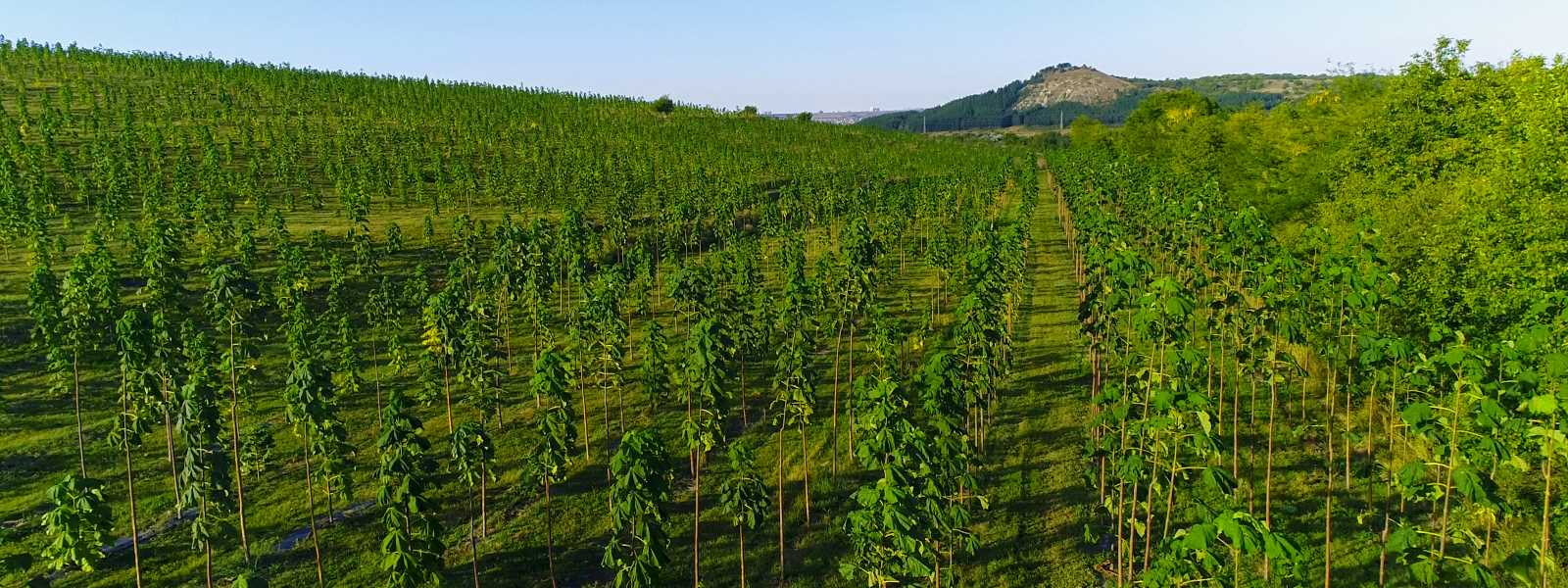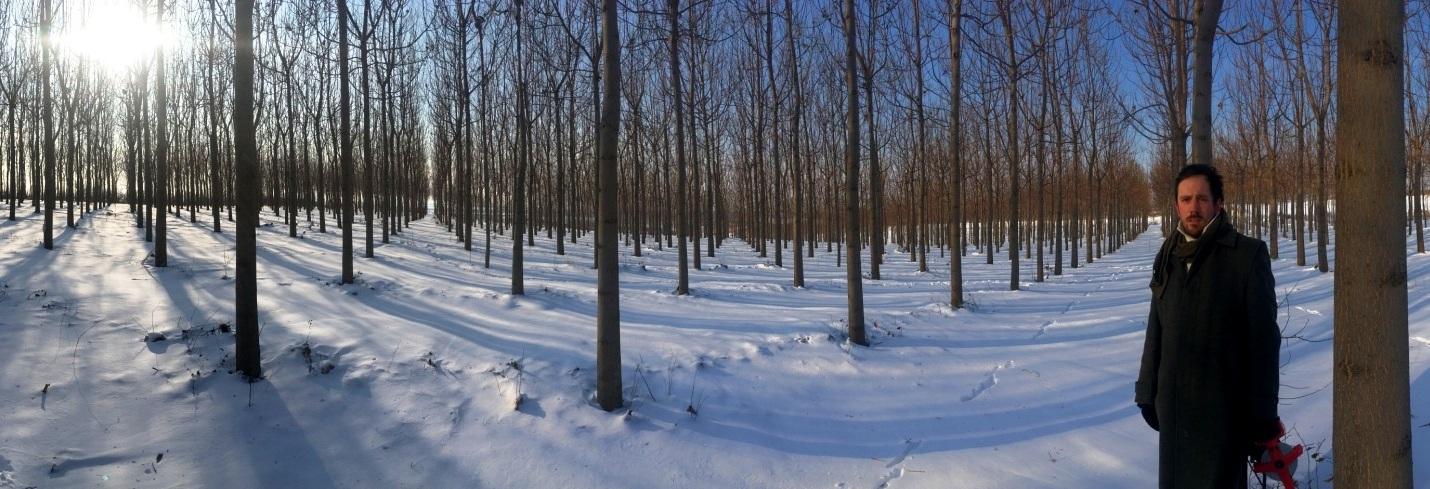Paulownia biomass
The Paulownia biomass as an energy resource
Paulownia plantations, despite high biomass yields, are not yet widely used as energy wood plantations in Germany, contrary to its native country of China, where it is grown as an energy source for millennias.

Nevertheless interest in the wood of Paulownia as a biomass resource grows. This is due to the changing needs of the population, but it is also based on successful field trials by universities and private investors.
Heating with wood
Wood and pellet heaters are getting increasingly popular in Germany. The pellets are made mostly out of wood residues left after value logging or from the wood of energy plantations. In the future, the "waste wood" will no longer be sufficient to meet the rising of demand, which is why energy plantations in the SRC are getting important. Also, there are more and more power plants for industrial biomass, which also leads to an increase in demand for wood chips and biomass. As a result on a short to medium term price will increase for the resource of wood.
The Paulownia is the ideal tree for short rotation plantations. Compared to poplar and willow,biomass growth of a Paulownia plantage is up to 30 percent higher. In addition, it grows again out of their rootstock, so that it does not need to be replanted after harvesting. The investment costs thus incurre only once.
With regard to their drying capacity Paulownia is unbeatable, it reaches a moisture content of 10-12% in the open and can be burned efficiently already after 30-60 days of air drying. When dried in the oven, this value is reached after about 24-48 hours. Unlike poplar and willow it burns cleaner, leaves less ash and can therefore be used as firewood as well.
See energy wood production in agriculture
RWE - Paulownia biomass plantations
Last but not least these several positive qualities also convinced RWE of the Paulownia, RWE has already grown several hundred hectares of Paulownia plantations in Europe.
RWE Innogy energy plantations in Germany 2009/2010
Overview of energy plantations-of-RWE
Adobe Acrobat document [3.1 MB]






